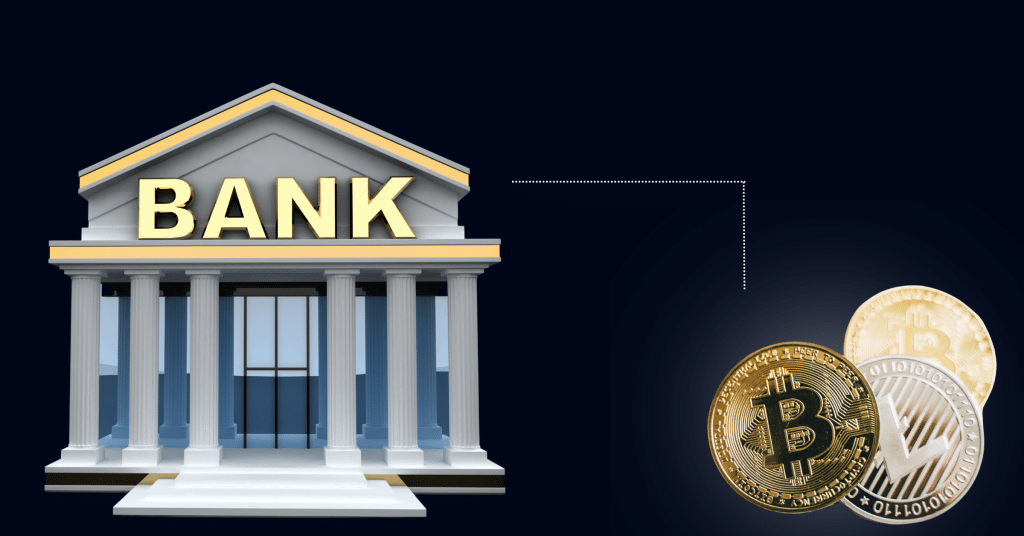Remember when Bitcoin was just a weird internet thing that tech geeks talked about? Well, those days are long gone. Today, cryptocurrencies have grown into a massive market worth trillions of dollars, and they’re changing how we think about money itself.
With more than 10,000 different digital currencies floating around, it’s easy to feel overwhelmed. Which ones actually matter? Which ones are worth paying attention to? That’s exactly what we’re here to figure out. Whether you’re just curious about what all the fuss is about or you’re thinking about dipping your toes into the crypto waters, this guide will help you understand what’s actually going on in the world of digital money in 2025.
What is A Cryptocurrency?
Let’s keep this simple. A cryptocurrency is basically digital money that lives on the internet. But here’s what makes it special: there’s no bank or government controlling it. Instead, it runs on something called blockchain technology, which is like a super-secure digital ledger that everyone can see but nobody can cheat.
Think of it like this: when you send money through your bank, the bank keeps track of who sent what to whom. With cryptocurrency, thousands of computers around the world do this job together, making it nearly impossible for anyone to fake transactions or steal money by hacking the system.
Some cryptocurrencies are trying to replace regular money for buying things. Others are more like digital gold – something you hold onto hoping it becomes more valuable. And some are like digital fuel that powers special computer programs. The variety is pretty wild, and that’s part of what makes this space so interesting.
Top 10 Cryptocurrencies in 2025
The crypto world has come a long way since Bitcoin first showed up. Today’s top cryptocurrencies aren’t just about sending money – they’re about building entirely new ways of doing business, creating art, and even running organizations. Some are household names, while others are quietly revolutionizing specific industries.
Here’s a quick look at the biggest players in the game right now:
| Rank | Cryptocurrency | Symbol | Market Cap | What It’s Used For |
|---|---|---|---|---|
| 1 | Bitcoin | BTC | $1.66 trillion | Digital gold, saving money |
| 2 | Ethereum | ETH | $226.14 billion | Running apps and smart contracts |
| 3 | Tether | USDT | $144.09 billion | Staying stable (1 USDT = $1) |
| 4 | XRP | XRP | $127.19 billion | Fast international payments |
| 5 | BNB | BNB | $88.93 billion | Trading discounts and more |
| 6 | Solana | SOL | $66.54 billion | Super-fast transactions |
| 7 | USD Coin | USDC | $60.5 billion | Another stable option |
| 8 | Dogecoin | DOGE | $27.73 billion | The people’s coin (seriously) |
| 9 | Cardano | ADA | $24.58 billion | Eco-friendly blockchain |
| 10 | TRON | TRX | $22.03 billion | Entertainment and content |
1. Bitcoin (BTC)
Bitcoin is the OG of cryptocurrencies – the one that started it all back in 2009. Created by someone (or a group) using the name Satoshi Nakamoto, Bitcoin is like digital gold. There will only ever be 21 million Bitcoins, which is why people see it as a way to protect their money from inflation.
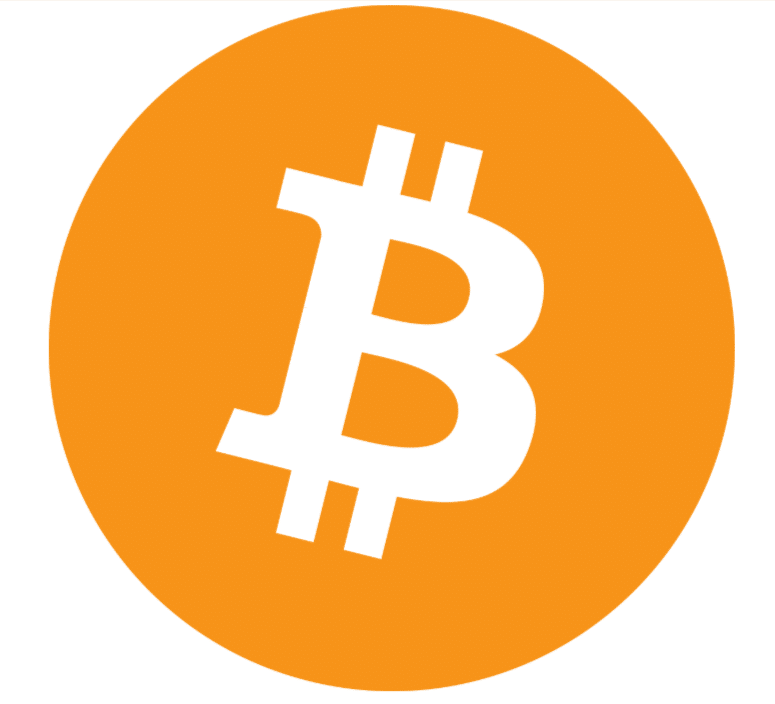
Today, Bitcoin isn’t just for tech enthusiasts anymore. Major companies hold it on their balance sheets, and you can even invest in Bitcoin through regular stock market ETFs. Sure, it uses a lot of energy (people love to argue about this), but it’s also the most secure and trusted cryptocurrency out there. When people think of “crypto,” they usually think of Bitcoin first.
2. Ethereum (ETH)
If Bitcoin is digital gold, Ethereum is more like a digital Swiss Army knife. Launched in 2015, Ethereum introduced something called smart contracts – basically, computer programs that automatically do what they’re supposed to without needing a middleman. This opened up a whole new world of possibilities.
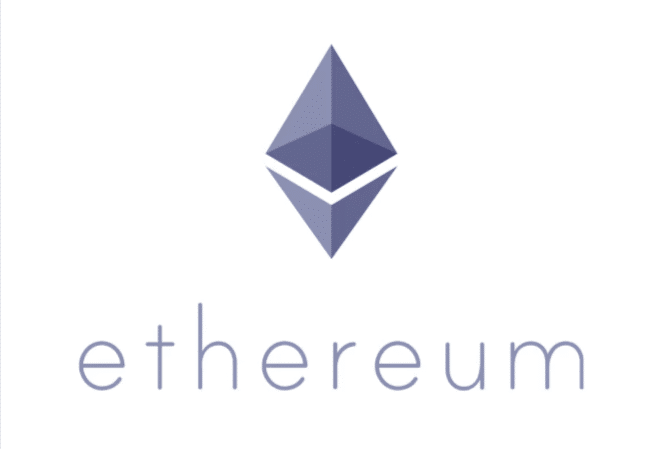
Ethereum is where most of the cool crypto stuff happens: NFTs (those digital art pieces that sold for millions), DeFi (banking without banks), and countless apps that run without any company controlling them. The currency itself, called Ether or ETH, is what makes all these applications run. Think of it as the gas that powers the Ethereum engine.
3. Tether (USDT)
Here’s something different – Tether is what we call a stablecoin. One Tether always equals one US dollar (or at least, that’s the idea). Why is this useful? Well, when crypto markets go crazy (which happens a lot), traders can quickly move their money into Tether to avoid losing value.
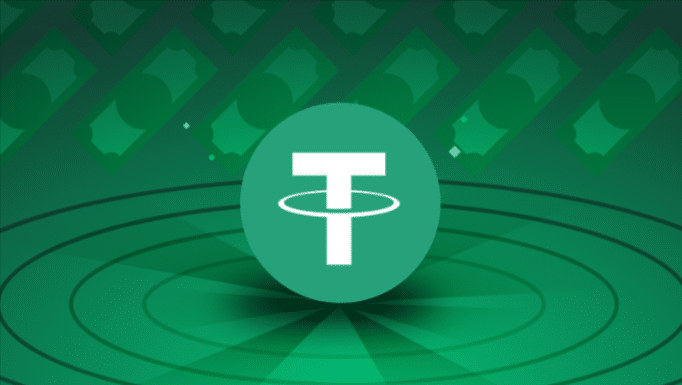
It’s like having a safe harbor in the stormy seas of crypto trading. While there’s been some drama about whether Tether really has all the dollars it claims to have, it remains the most widely used stablecoin. Pretty much every crypto exchange uses it, making it essential for the whole ecosystem.
4. XRP (XRP)
XRP is all about making international money transfers faster and cheaper. Created by Ripple Labs in 2012, it can send money across borders in seconds instead of days, and for pennies instead of dollars in fees. Banks and financial institutions are using this one, which is pretty rare in the crypto world.
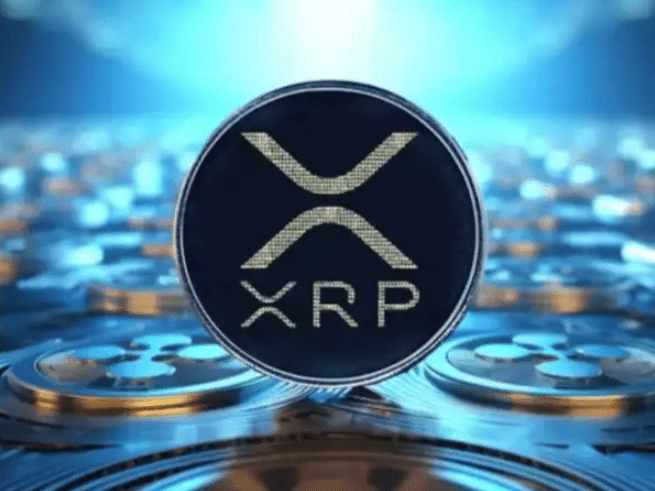
While XRP has had its share of legal troubles (the SEC sued Ripple, claiming XRP is an unregistered security), it’s still hanging in there. The technology works, and if Ripple wins its legal battles, XRP could become even more important for global payments.
5. BNB (BNB)
BNB started as a simple discount token for the Binance exchange – use BNB to pay trading fees, and get a discount. But it’s grown into something much bigger. Now it powers its own blockchain (Binance Smart Chain) where developers build all sorts of applications.

What makes BNB interesting is that Binance regularly “burns” tokens – they destroy a portion of the supply to make the remaining tokens more valuable. It’s like a company buying back its own stock, but with a crypto twist. Plus, you can use BNB for everything from booking hotels to buying virtual gifts.
6. Solana (SOL)
Solana is the speed demon of the crypto world. While Bitcoin processes about seven transactions per second and Ethereum handles around 15, Solana can process thousands of transactions per second. And it does this while keeping fees incredibly low – we’re talking fractions of a cent.

This speed has made Solana popular for things like NFT marketplaces and high-frequency trading apps. The downside? The network has gone down a few times, which isn’t great when you’re trying to be the future of finance. But the team keeps improving, and developers love building on Solana.
7. USD Coin (USDC)
USD Coin is another stablecoin, but with a twist – it’s heavily regulated and regularly audited. Created by Circle and Coinbase (two big names in crypto), USDC tries to be the “good citizen” of stablecoins. They publish monthly reports showing they have real dollars backing every USDC token.
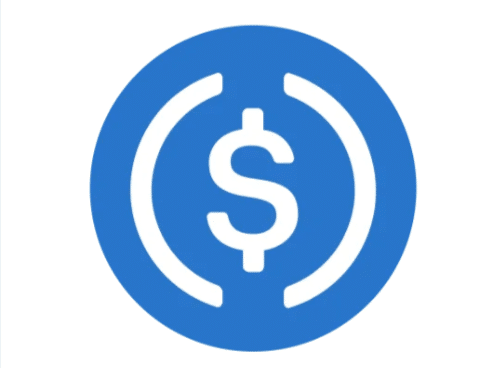
This transparency has made USDC popular with businesses and institutional investors who want stability without the regulatory concerns that come with other stablecoins. It’s boring in the best possible way – it just works.
8. Dogecoin (DOGE)
Dogecoin is the class clown that somehow became student body president. Created as a joke in 2013 (featuring that Shiba Inu dog meme), it has no real technological advantages. But here’s the thing: people love it anyway.

Elon Musk tweets about it, Reddit communities rally around it, and somehow it’s maintained its spot in the top 10. It’s proof that in crypto, community and memes can be just as powerful as technology. While serious investors might scoff, Dogecoin has introduced millions of people to cryptocurrency.
9. Cardano (ADA)
Cardano takes a “measure twice, cut once” approach to blockchain. Founded by one of Ethereum’s co-creators, it’s all about doing things the right way, even if it takes longer. Every feature is peer-reviewed by academics before it’s implemented.

This scientific approach has created a very energy-efficient blockchain that uses way less power than Bitcoin. While some criticize Cardano for moving too slowly, others appreciate its careful, methodical development. It’s like the tortoise in the race – slow and steady.
10. TRON (TRX)
TRON wants to decentralize the internet, starting with entertainment. Imagine YouTube or Netflix, but without the company in the middle taking a cut. Content creators connect directly with their audience, and everyone saves money.
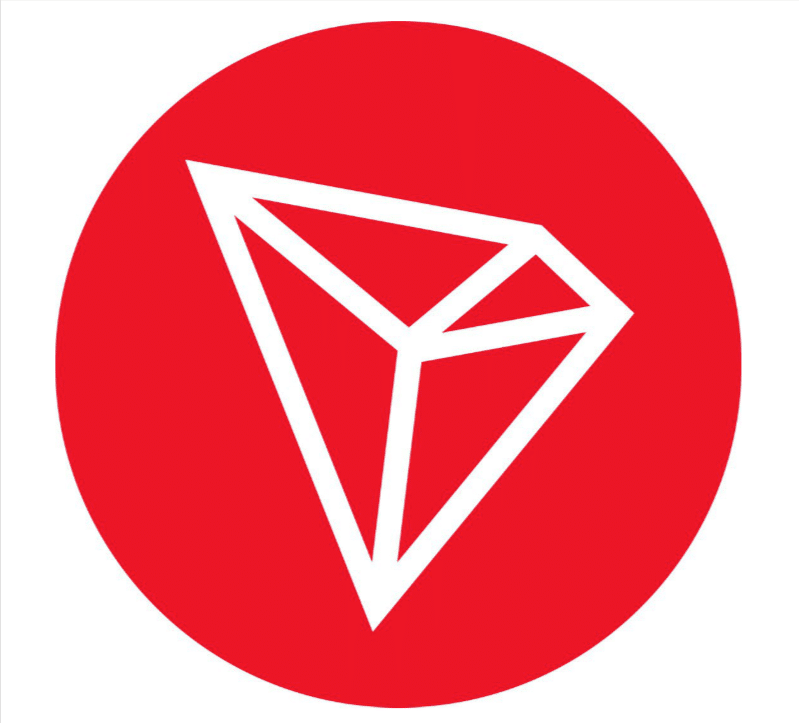
TRON bought BitTorrent (remember downloading movies with that?), showing they’re serious about peer-to-peer technology. The network is fast and has zero fees for simple transfers, making it popular in Asia. The founder, Justin Sun, is known for big promises and flashy marketing, very much the opposite of Cardano’s academic approach.
Read Next:
Conclusion: Explore the best Cryptocurrencies of 2025
So there you have it – the top 10 cryptocurrencies that are shaping the future of money and technology in 2025. From Bitcoin’s digital gold to Ethereum’s app ecosystem, from boring-but-useful stablecoins to meme-powered Dogecoin, each one tells a different story about what’s possible with blockchain technology.
The crypto world is still like the Wild West – exciting, full of opportunity, but also risky. These top 10 coins have proven they can survive market crashes and regulatory challenges, but that doesn’t guarantee future success. If you’re thinking about getting involved, remember the golden rule: never invest more than you can afford to lose.
What’s fascinating is that we’re probably still in the early days. Just like the internet in the 1990s, we might look back at 2025 and laugh at how primitive everything was. The technology keeps evolving, new use cases keep emerging, and who knows? The next Bitcoin might be getting created in someone’s garage right now.
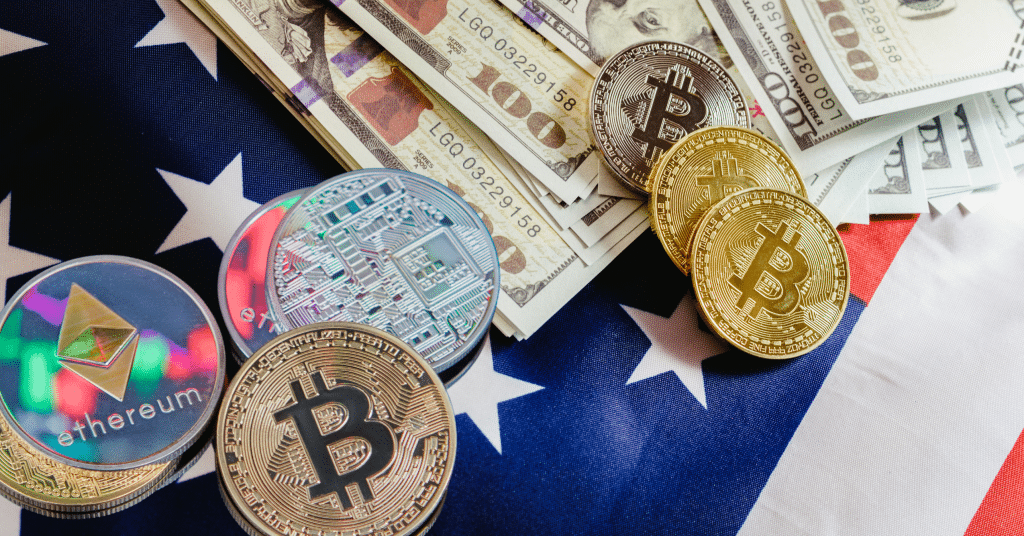
![Crypto Tax Free Countries In 2025 [Updated List]](https://crypto.prosperityforamerica.org/wp-content/uploads/2025/03/Crypto-Tax-Free-Countries-1-1024x536.png)
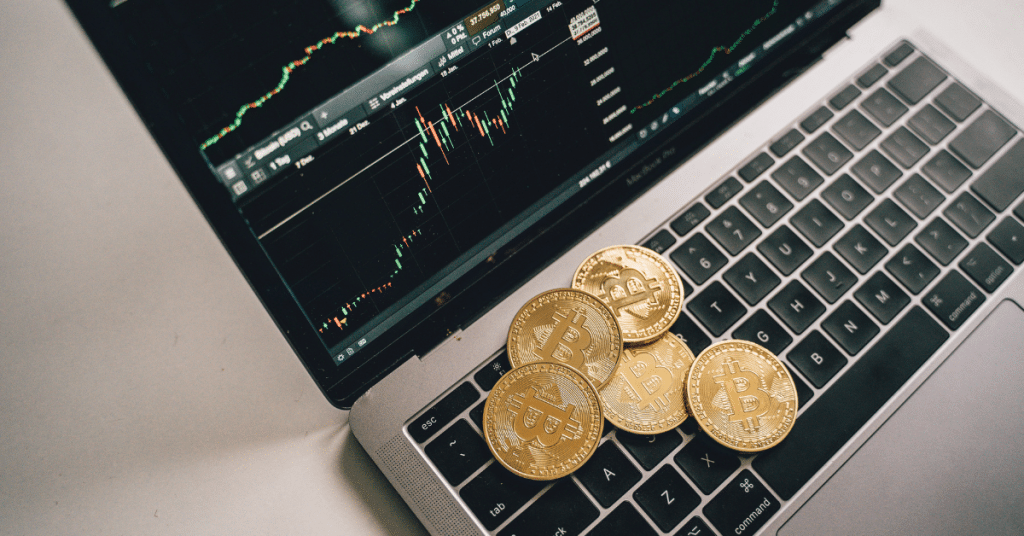
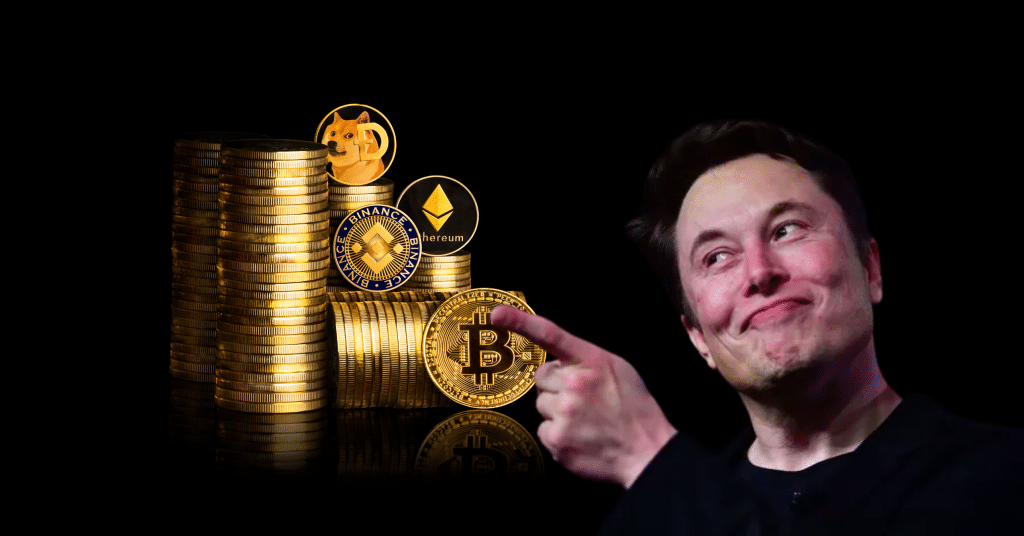
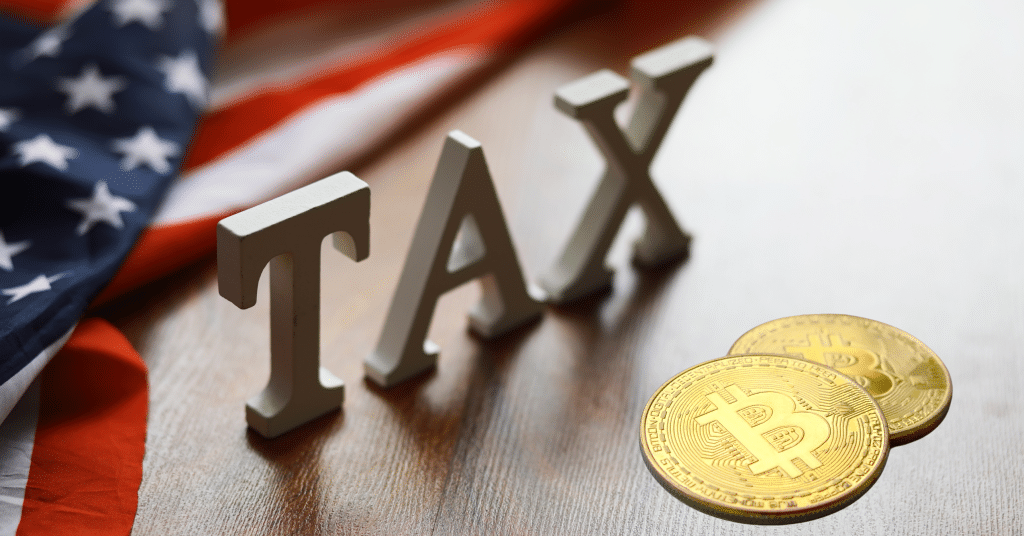
![Top 15 Crypto Podcasts to Listen to in 2025 [Popular]](https://crypto.prosperityforamerica.org/wp-content/uploads/2025/03/Best-Podcasts-on-Cryptocurrency-1024x536.png)
